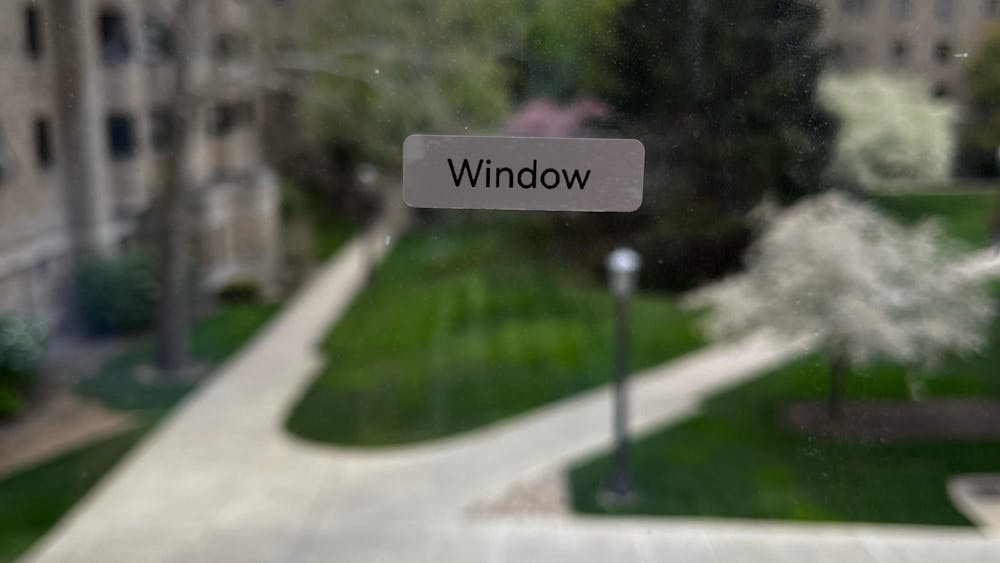"The best time to plant a tree was twenty years ago. The second best time is now."
– African Proverb

Why, in a world in which violence is a part of modern culture and in which countries go to war over natural resources, would one want to be a proponent of peace, a pacifist? The question is the answer. Being a pacifist is like planting a tree. The seed is planted, but the tree does not grow immediately. It takes tens and hundreds of years. Some trees, like the Sequoias, are thousands of years old. Likewise, pacifism guarantees no immediate results. However, violence offers the immediate results of death and chaos. Pacifism is a lengthy process and it begins with each individual: at home, with how we treat each other, our family members, with how we understand other cultures, religions and belief systems. Peace is a necessity, not a dream. It is a necessity in the most urgent sense, for a tree cannot begin to grow until the seed is planted.
Pacifism is not an assured method of existence; neither is violence. However, one can be sure that the natural state of man is not violence. Paul Rusesabagina describes this as a "sick aberration," that the natural state of man is not hacking his neighbors to pieces but saying "hello" as he walks to his car each morning. The violence that is shown in the media every day is not a true reflection of mankind. The true nature of man is the planter, the one who plants trees — for himself, although he will not see the effect of his labor; for his children, although not even they will necessarily see the effect; for generations to come, the Sequoias.
In an essay by Aldous Huxley entitled "Nonviolence and Moral Courage," he sums up the mission of the pacifist: "Nonviolence does not mean doing nothing. It means making the enormous effort required to overcome evil with good" — planting a tree. "It relies," he writes, "on moral courage, self–control and the knowledge, unswervingly acted upon, that there is in every human being, however brutal, however personally hostile, a fund of kindness, a love of justice, a respect for goodness and truth which can be reached by anyone who uses the right means." History has shown that this is true. Large movements and individuals have shown that this is true. Paul Rusesabagina, the same man who saved more than 1,000 Rwandans from the slaughter outside his hotel doors, has a positive view for humanity. He knows the power of nonviolence. He says in his autobiography An Ordinary Man that he firmly believes words were the only thing that saved him, his family and those taking refuge in the hotel — not guns, not grenades, not hateful words, not harmful actions but persuasive, clever, forceful and sometimes flattering language: a form of nonviolence.

Many forms of nonviolence — Rusesabagina's words, the Danish resistance to the Nazis — have occurred during genocides. PBS called genocide "worse than war." It is necessary to understand the nature of genocide and the nonviolent movements that come out of such atrocities, because genocide is the nadir of humanity. From an objective viewpoint, we have seen how horrifying the human race can be, and it is from this view that we can build up. But it should not take a genocide to spark growth in the nonviolent movement. Planting the seeds of the movement at home is the key to peace. Peace grows outward, from person to person, community to community, nation to nation and nations to the world. So for the individual, recognizing violence at home and responding nonviolently for change is the means to an end that is not in sight. "World peace starts right here," Barbara Choo wrote. "I will not raise my child to kill your child."
Joan Baez once said, "Nonviolence offers no guarantees. But the curious thing is that people who do violence don't receive guarantees either. Statistics show that you have a better chance of coming out alive in a nonviolent battle." Violence will always exist, just as there will always be insects that destroy trees. Pacifists are not naïve idealists as they are often portrayed. Pacifism is realism. It is based upon the understanding that man is naturally averted from evil and violence. It is rooted in the understanding that the world will change, slowly, and perhaps not in our lifetimes. However, it is rooted with the faith and trust that the for every tree to come down, two must be planted.
Alex Coccia is a freshman. He can be contacted at acoccia@nd.edu
The views expressed in this column are those of the author and not necessarily those of The Observer.












